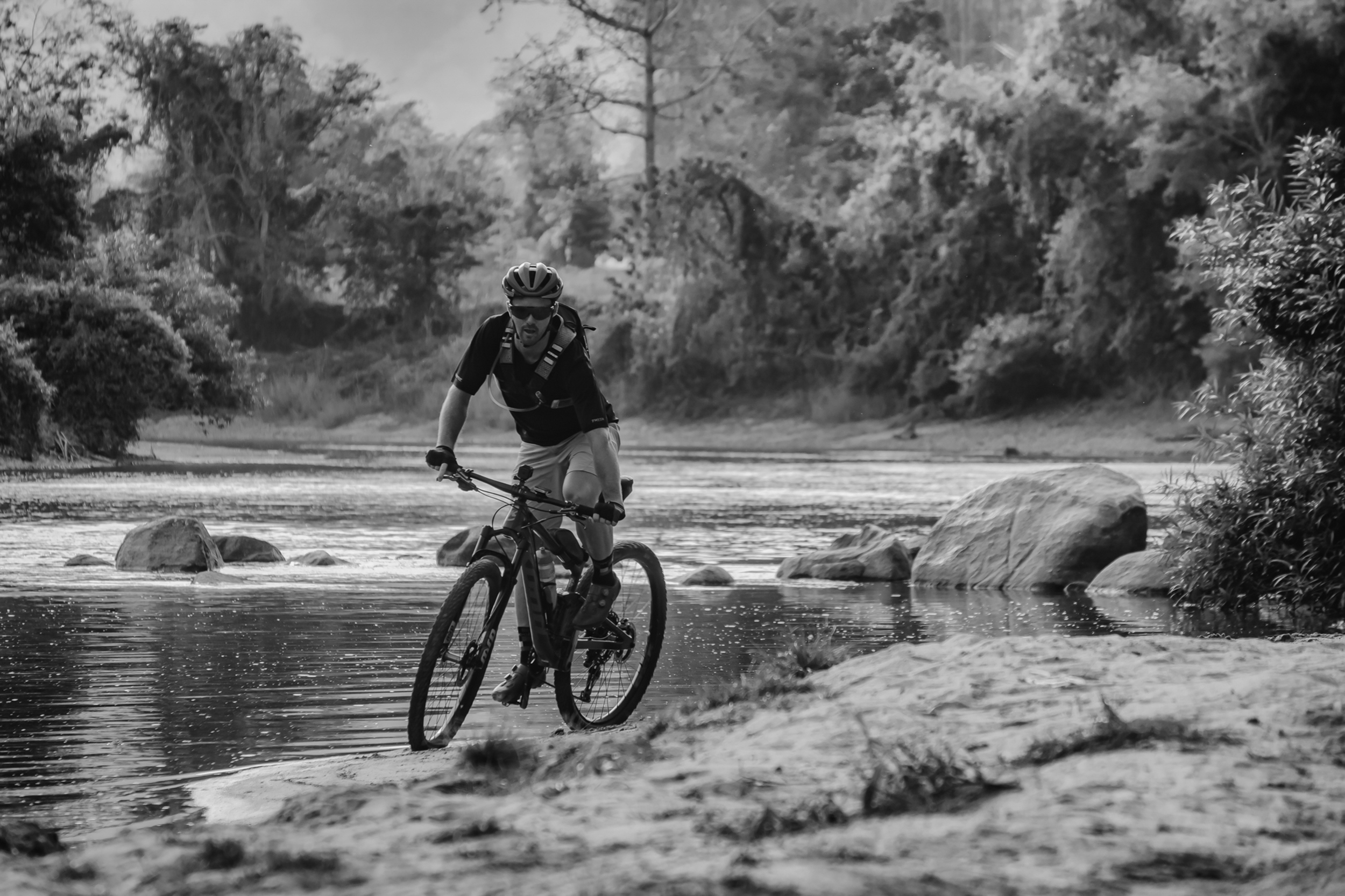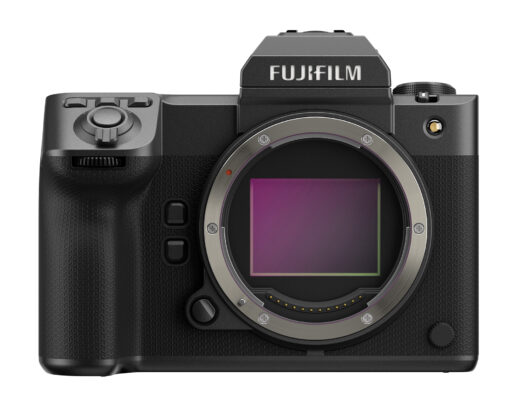For more than 30 years I’ve been carrying cameras by bike and for the past ten years they have mostly been Fujifilm X Series cameras. Here are my learnings from years of trial and error.
As a long-standing cycling writer and photographer, carrying my cameras in an appropriate and practical way by bike has been a crucial part of how I’ve made my way through the past few decades, and much of my imagery comes from the roads, trails and often from extreme environments all around the world, each of which has its own particular demands and bodged solutions when it comes to carrying the photographic tools of my trade.
In truth, I’ve never found a single perfect solution and, in many ways, things have come full circle in my approach and theories to carrying cameras by bike. Sure enough, this may be of little use or interest to some readers, yet you only to look through the articles here and elsewhere to find that cycling, and indeed carrying cameras by bike, has boomed in recent years. This is good news for all concerned and yet it’s also incredibly frustrating for seasoned old snapping trail dog such as myself to see how new bike-and-shoot converts go about the process, so I thought I would offer a few words on my insights and learnings.
A few years back, I came across a well-known cycling YouTuber who went about his way carrying a Sony camera (complete with a shotgun mic) ‘naked’ (no bag or cover) on his back, come rain or shine. As much as I admired his bravado in exposing such an expensive piece of gear to the elements, I couldn’t help but cringe, and yet it has all but become his trademark. Having shot and carried all sorts of camera systems by bike over the years, I can honestly say that I’ve never taken more than a handful on images from the saddle whilst riding – apart from a fun few mobile phone pics and videos, that is.
The strangest thing is that things went all abuzz over this new image – that of an independent ‘content creator’ on a fancy bike with an expensive camera on their back and, soon enough, another couple of ‘soon to become prominent’ YouTubers followed suit, largely filming each other filming each other and occasionally stopping for the odd video clip or pic on the fly. Now my social media feeds are full of cycling ‘content creators’ on ultra-expensive bikes carrying expensive (mostly Sony) cameras on their back, and yet seemingly rarely using them whilst riding, but rather having someone else take a mobile video or pic of them carrying the cameras. Maybe I’m missing something but a naked camera on your back does seem to have become part and parcel of some kind of new trend. It’s fair enough but you may want to think about how you handle and take care of those bundles of digital creation magic when out on the open road and even more so on the open trail.
The circle of creation
When I started out, it was, of course, the film era and for ride shoots I started with a small and fixed-lens Olympus compact camera, which slipped sweetly into my rear pocket along with a few rolls of film. For longer offroad shoots in foul or variable weather, they went into a very small regular sports backpack, along with a small lightweight tripod and remotes if I happened to be shooting myself – pure and simple!
As time moved on, my cameras got bigger, although I did manage to keep it reasonably small and restricted for a good few years with a Canon EOS 1000, an EOS 5 and 2-3 small zoom lenses. By the turn of the century, things had beefed up to include several larger EF lenses and a hefty old Xpan, which had become a backbreaking load that was crammed into a full-sized Lowepro camera bag, of which I had countless variations. Even though those tools were indeed the bees’ knees and got the job done, the whole thing had become a painful chore and I longed for that small, compact ideal of the past.
This where the Fujifilm X Series came to the rescue of my ageing bones. These days my carry-on (bike) load is much lighter and my methods of carrying are still variable; trying to find the ideal solution is a little like the quest for the holy grail. However, what is for sure is that carrying a camera on your back without some form of covering is not the way to go about things. This is even more so the case with Fujifilm cameras, since they are not so run-and-gun friendly and every time you wrangle one around your body in a hurry, the chances are that your dials will have flipped and you will have to go through your settings every time, which negates the whole naked camera ideal. I have tried the uncovered approach many times and in my own frustrating experience, it’s futile.
Bags of fun
For most of my bike travel work and offroad riding, my carrying weapon of choice is an old model Lowepro Photosport 200AW, of which I have a couple (all bought and paid for at full price). I also use these as my carry-on when flying with all of my gear crammed into the dedicated camera section at the bottom and into a small Lowepro shoulder bag, which I jam into the top section. On arrival, I shift it all around so that I can use the backpack with two bodies inside, and I usually have 2-3 zoom lenses and a small fast prime (e.g. XF18mmF2) when out for a day of riding and dedicated shooting, although with a plated clavicle and age, this is not something I do every day when riding. For the daily ride grind, I do use various cheap and cheerless camera holster type pouches strapped over my shoulder with another strap around my chest to stop it swinging round, pretty much in the style of the modern day cycling content creators, only with the cameras under cover and protected from the elements and the terrain, which is essential, in my opinion.
There are those who use hip packs, although many longer standing cyclists (such as me) shudder at the very thought of carrying a load around the waist as it can feel very constricting, even if it may be a practical option in certain scenarios (offroad especially). Some touring cyclists do also carry their minimalist gear in handlebar bags, which I have tried in various forms over the years, but for offroad riding carrying gear on the bike itself is not a good idea as your cameras will get rattled to hell and back, and it really throws off your balance, too, although on slow, smooth road tours and with a tiny kit (such as an X100 or an X-T30) it’s a decent option that doesn’t strain your body.
There is also the slingshot style bag option, which is worth considering, as long as you have a strap around your chest to stop the swing.
Size does matter
Coming full circle, I do still firmly believe that a quality small and pocketable compact zoom lens camera is the perfect choice for carrying on a bike, even for the good stuff (apart from dedicated shoots with athletes). I have owned an old model Sony RX100 for many years, and although the menu is frustrating and there is a lack of a viewfinder and decent remote option, it really is a great image-making tool and a practical one that does slip into my back pocket. It’s robust, has firm dials, can be drawn and shot in seconds, and takes good video (which I rarely use). If only Fujifilm could make such a half-pint-sized wonder it would doubtless be the answer to my long-standing quest to find the ideal camera and carrying system for cycling.






























